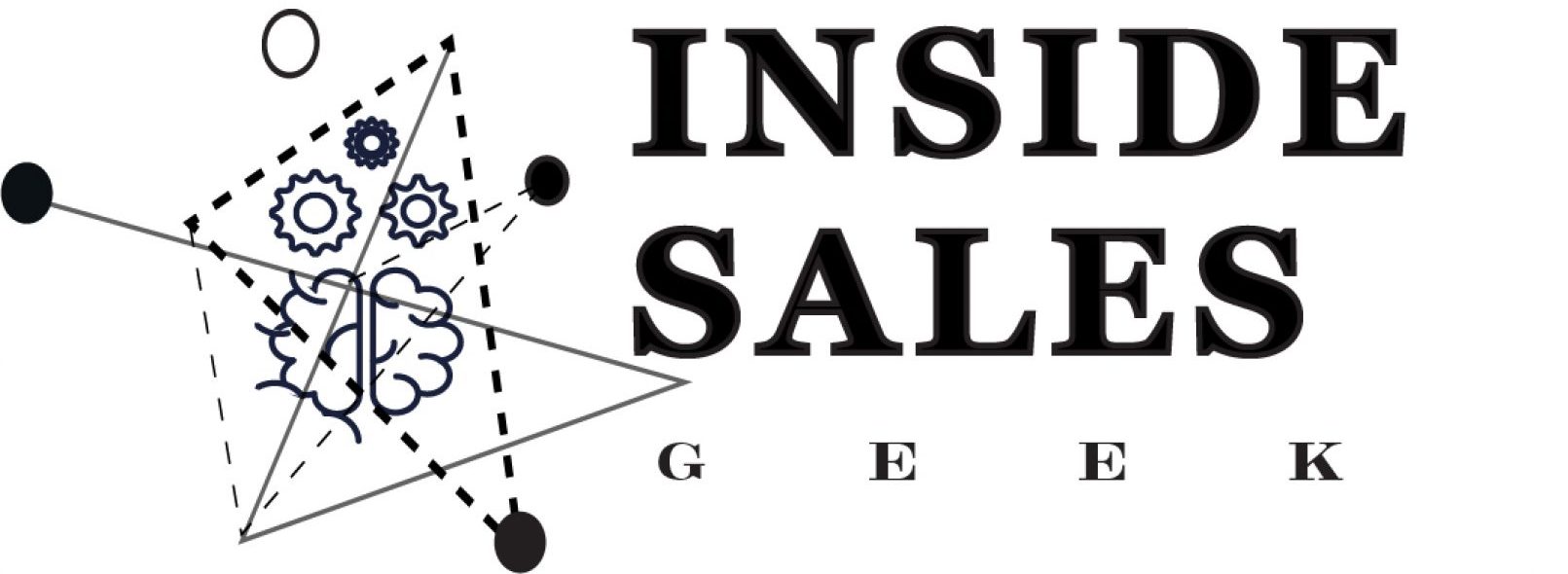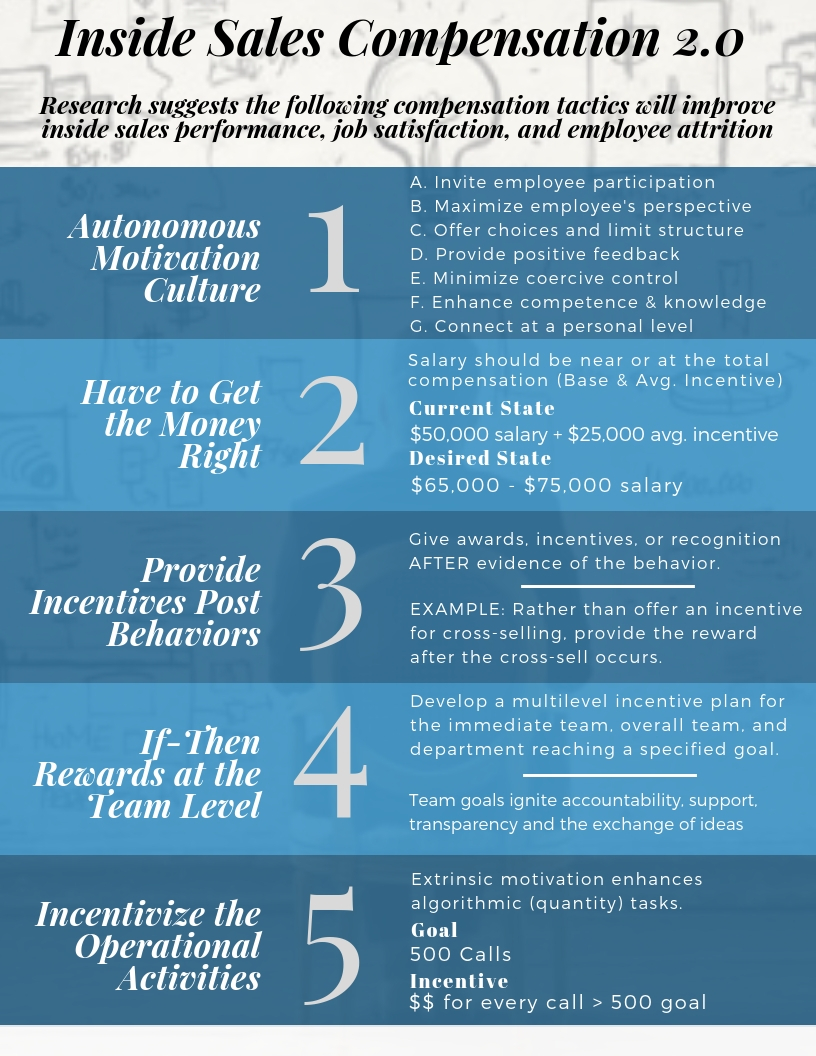
Salespeople have been using the information they gather about prospects before or during an interaction to customize their content, approach, and communication to enhance sales opportunities for decades. Adaptive selling has proven to have a positive correlation to job performance (Franke and Park, 2006; Park and Holloway, 2003). Hence, understanding social styles has long been a mainstay of the sales training programs rolled out by many organizations for their outside sales agents. As outside sales agents have historically been considered those most in contact with customers, training programs have focused on ensuring those reps are skilled in understanding individuals’ social styles to be best be able to understand, relate, and adapt to customers to better influence buying behaviors.
Through factor analysis, Davie Merrill originated Social Style Theory by identifying an individual’s assertiveness and responsiveness. Assertiveness has to do with communicating with others, while responsiveness is about how the person responds to the requests or demands of others. Depending on whether you are high or low in each category, it defines your social style. The four social styles are analytical, expressive, amiable, and driver. Each social style has a preferred communication style. Thusly, each style has a particular way of being communicated with that increases their odds of making a purchase.
Many companies have implemented social style sales training for their outside sales agents since, in theory, each person only shares the same social style, with 25% of the population. Hence it is essential to learn to adapt to the other 75% of prospects and clients. A few industry studies, indicate outside sales agents trained in social styles, saw a 53% improvement in market share (Wilson Learning). To date, social style training has focused on outside sales agents, since some believe a social style is more natural to detect in person. However, demographic changes are seeing preferences move toward online and automated purchasing, and an increasing number of customer interactions are shifting from outside to inside sales agents. Those organizations that understand this trend and match their internal training focus to providing a more significant focus on their inside sales agents have an opportunity to increase sales by arming inside sales reps with the tools to identify social styles during a telephone conversation to better capitalize on those customer interactions.
An inside salesperson can learn how to identify an individual’s social style through listening tactics. An analytical who loves data and figures is likely to respond with “I think” and will not vary voice much. The responses need to be clear and concise. A driver who generally speaks fast and uses voice to emphasize points will answer with “I will.” Be clear, specific, and straight to the point. An expressive is similar to a driver who is a loud and fast talker, but gets quickly excited is more likely to respond with “I want.” Share options, laugh with them, and try to make things fun. An amiable is easy-going, cooperative, and enquires. An amiable person is likely to respond with “I feel.” Show interest in them as people, find areas of common interests. Moreover, amiables, like analyticals, have a more moderated and deliberate pace as they are thinking before they’re speaking. While expressives then to make more statements, than ask questions. Drivers are business first, small talk at the end.
Sales leaders have successfully utilized adaptive selling techniques to maximize outside sales forces. Unfortunately, most of the inside sales agent training focuses on the selling process rather than enhancing an inside sales agent listening skills to maximize adaptive selling by better communicating based on an individual’s social style. We propose a model that enables inside sales agents the ability to identify the prospect/client’s social style quickly, so it will allow an inside sales agent the opportunity to adapt their communication approach to maximize the conversation. Many times SDRs and AEs only have one chance with a client, maximize this opportunity by making your inside sales staff social style experts.

